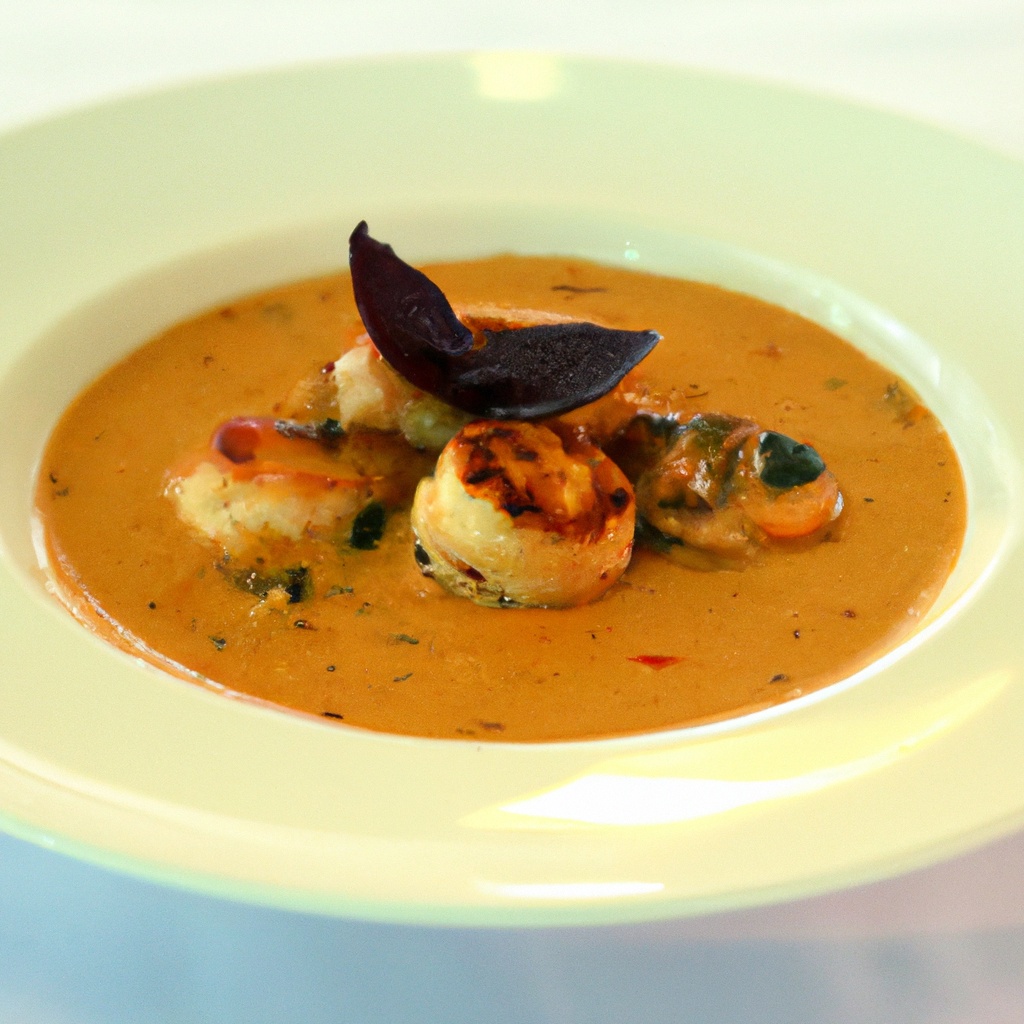PROS
This soup is loaded with the flavors of the Caribbean, making it hearty and delicious.
The scallops or conch add a touch of lightness to the dish, while the coconut cream gives it a nice sweetness.
It is a perfect meal for a cold winter day or a cool summer evening.
CONS
This soup is high in fat and should be eaten in moderation.
It may also contain high levels of sodium due to the use of canned tomatoes and can of cream of coconut.
HEALTH & BENEFITS
Seafood is an excellent source of lean protein, omega-3 fatty acids, and other nutrients that can support heart and brain health.
Tomatoes are also a great source of vitamin C and lycopene, which is an antioxidant that can help protect against some types of cancer.
Coconut cream, while high in calories, has been shown to have some health benefits, including boosting the immune system and reducing inflammation.



/rating_off.png)
Leave a Reply